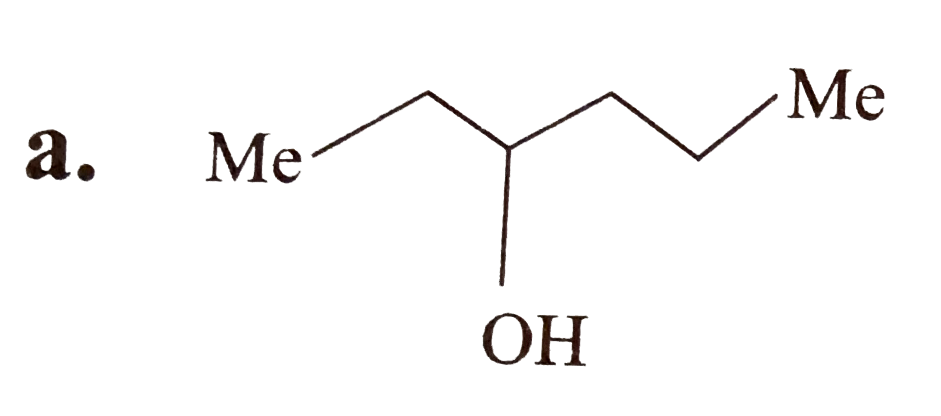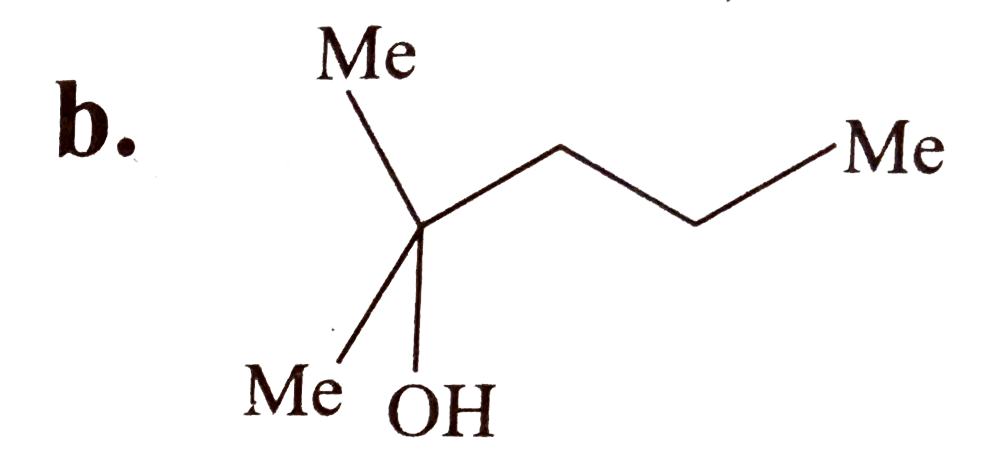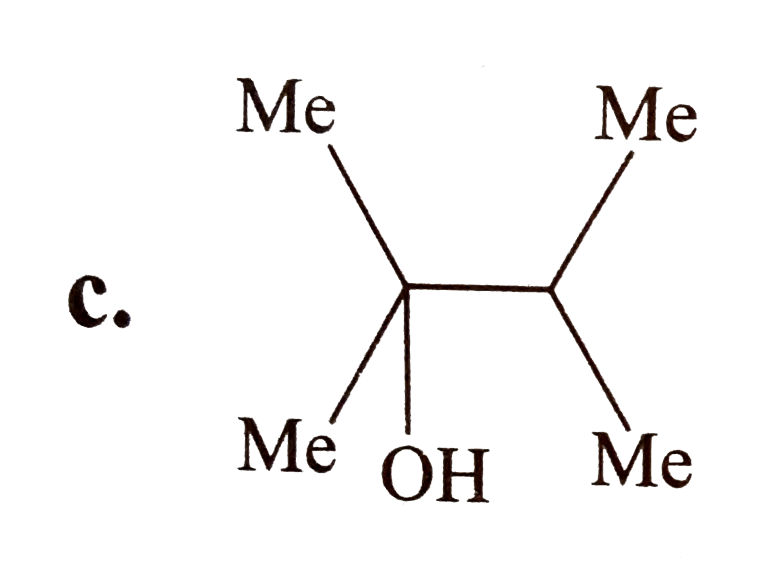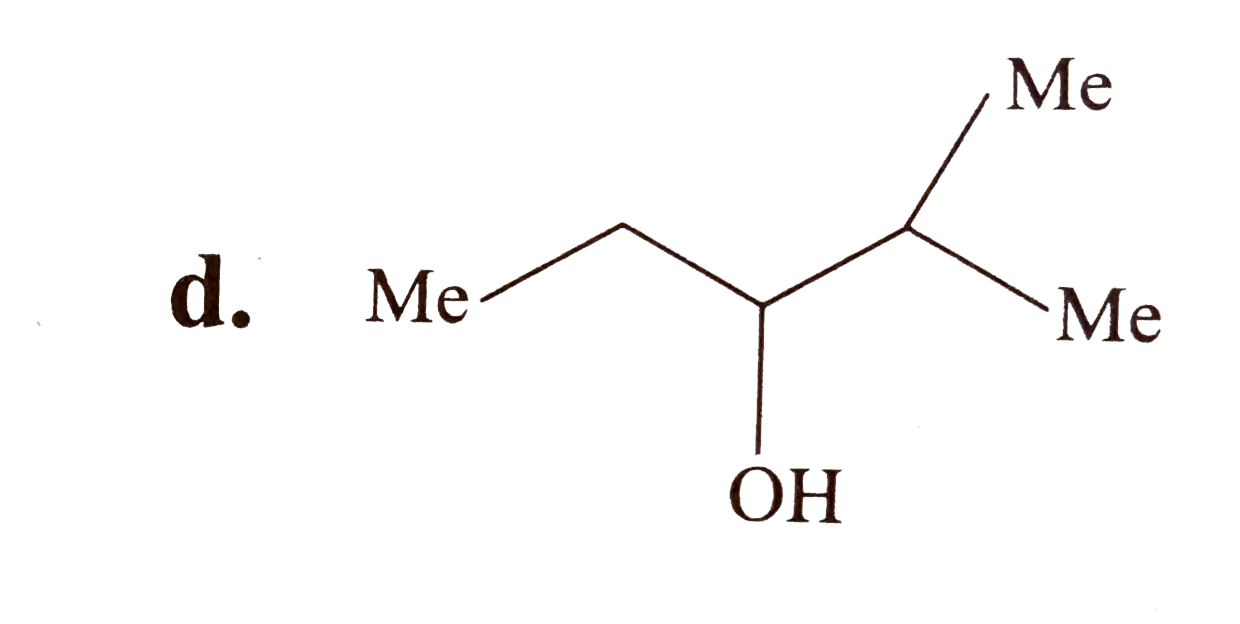Identify the intermolecular forces that must be overcome to cause the melting of the following solids. Also arrange the solids in increasing order of melting points.
(a) NaF (b) HF (c) HCl (d) Cl2
To solve the problem of identifying the intermolecular forces that must be overcome to cause the melting of the given solids and arranging them in increasing order of melting points, we will analyze each solid one by one.
1. Identify the nature of each solid:
- (a) NaF: Sodium fluoride is an ionic compound. It consists of Na⁺ and F⁻ ions held together by strong ionic bonds.
- (b) HF: Hydrogen fluoride is a molecular solid that exhibits hydrogen bonding due to the presence of a hydrogen atom bonded to a highly electronegative atom (fluorine).
- (c) HCl: Hydrogen chloride is also a molecular solid, but it exhibits dipole-dipole interactions as it is a polar molecule, but does not have hydrogen bonding like HF.
- (d) Cl₂: Chlorine gas is a non-polar molecular solid that is held together by weak Van der Waals forces (London dispersion forces).
2. Identify the intermolecular forces:
- (a) NaF: Ionic bonds (strongest).
- (b) HF: Hydrogen bonds (strong).
- (c) HCl: Dipole-dipole interactions (moderate).
- (d) Cl₂: Van der Waals forces (weakest).
3. Arrange the solids in increasing order of melting points:
- The strength of the intermolecular forces determines the melting point. The stronger the forces, the higher the melting point.
- Therefore, we arrange them based on the strength of the intermolecular forces:
- Cl₂ (Van der Waals forces) < HCl (Dipole-dipole interactions) < HF (Hydrogen bonds) < NaF (Ionic bonds).
Final Order of Melting Points:
- Cl₂ < HCl < HF < NaF
Summary:
- Intermolecular Forces:
- NaF: Ionic bonds
- HF: Hydrogen bonds
- HCl: Dipole-dipole interactions
- Cl₂: Van der Waals forces
- Increasing Order of Melting Points: Cl₂ < HCl < HF < NaF
- (a) NaF: Sodium fluoride is an ionic compound. It consists of Na⁺ and F⁻ ions held together by strong ionic bonds.
- (b) HF: Hydrogen fluoride is a molecular solid that exhibits hydrogen bonding due to the presence of a hydrogen atom bonded to a highly electronegative atom (fluorine).
- (c) HCl: Hydrogen chloride is also a molecular solid, but it exhibits dipole-dipole interactions as it is a polar molecule, but does not have hydrogen bonding like HF.
- (d) Cl₂: Chlorine gas is a non-polar molecular solid that is held together by weak Van der Waals forces (London dispersion forces).
- (a) NaF: Ionic bonds (strongest).
- (b) HF: Hydrogen bonds (strong).
- (c) HCl: Dipole-dipole interactions (moderate).
- (d) Cl₂: Van der Waals forces (weakest).
- The strength of the intermolecular forces determines the melting point. The stronger the forces, the higher the melting point.
- Therefore, we arrange them based on the strength of the intermolecular forces:
- Cl₂ (Van der Waals forces) < HCl (Dipole-dipole interactions) < HF (Hydrogen bonds) < NaF (Ionic bonds).
- Cl₂ < HCl < HF < NaF
- Intermolecular Forces:
- NaF: Ionic bonds
- HF: Hydrogen bonds
- HCl: Dipole-dipole interactions
- Cl₂: Van der Waals forces
- Increasing Order of Melting Points: Cl₂ < HCl < HF < NaF
Similar Questions
Arrange the following:
He, Na, Mg (increasing order of melting point).View SolutionWhich of the following is arranged in order of increasing melting point?
View SolutionArrange the following in increasing order of boiling points :
(CH3)3N,C2H5OH,C2H5NH2View SolutionArrange the following in the decreasing order of their boiling points: (i) C2H5Br (ii) C2H5Cl (iii) C2H5I
View SolutionArrange the following compounds in increasing order of boiling points :
(i) C3H8 (ii) C2H5OH (iii) CH3CHO (iv) CH3COOHView SolutionViscosity of a liquid arises due to strong intermolecular forces existing between the molecules. Stronger the intermolecular forces, greater is the viscosity. Name the intermolecular forces existing in the following liquids and arrange them in the increasing order of their viscosities. Also give reason for the assigned order in one line.
water, hexane (CH3CH2CH2CH2CH2CH3), glycernine (CH2OHCH(OH)CH2OH)View SolutionFor each of the following substances, identify the intermolecular force or forces that predominate. Using your knowledge of the relative strength of the vaious forces, rank the substance in order of their normal boiling points. Al2O3,F2,H2O,Br2,ICl,NaCl
View SolutionArrange the following alcohols in the decreasing order of their ease of dehydration with H2SO4.
a.
b.
c.
d.
e. View Solution
View SolutionArrange the following substances in order of their increasing density :
(a) iron (b) cork (c) brass (d) water (e) mercury.View SolutionArrange the following compounds in increasing order of SN1 reactivity.
(CH3)3CCl,C6H5C(CH3)2Cl,CH3CH2CH2Cl.View Solution

